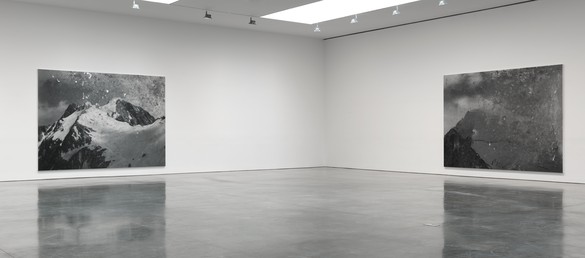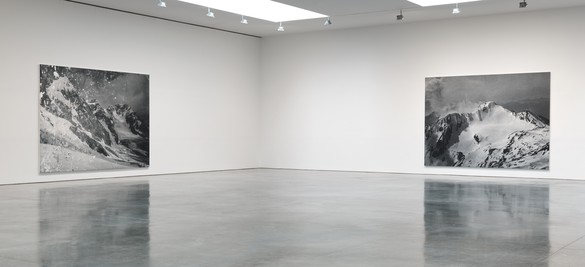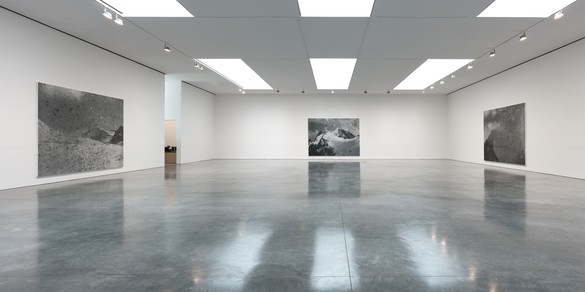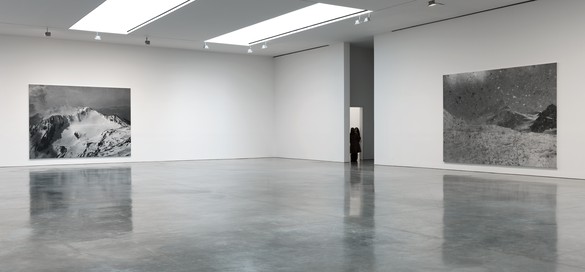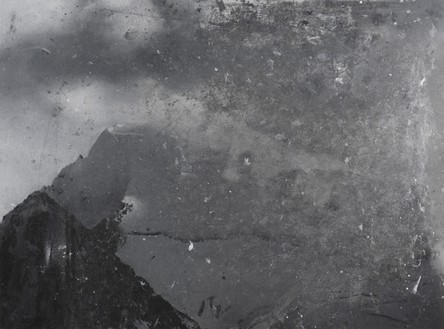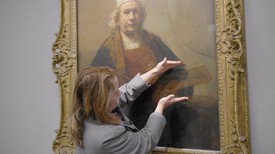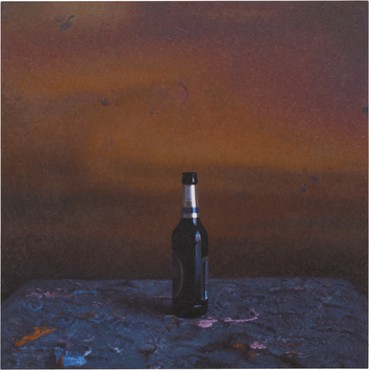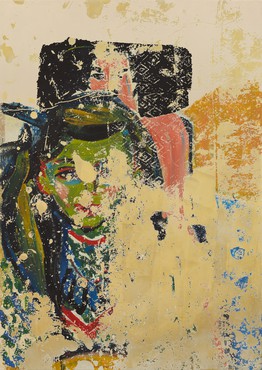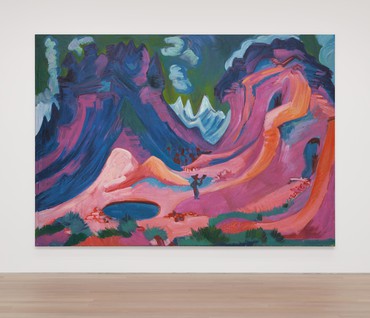About
Gagosian New York is pleased to present a new exhibition by Rudolf Stingel. This will be the first US presentation of pivotal works in which Stingel engages with the genre of landscape painting. Several of these works were previously exhibited in Rudolf Stingel. LIVE at Neue Nationalgalerie, Berlin, in 2010.
Over the past twenty years, Stingel has examined the nature of memory while expanding the scope and definition of painting. Echoing Albrecht Dürer’s Painter’s Manual of the sixteenth century, in 1989 Stingel produced Instructions, a booklet illustrating how to create a Rudolf Stingel painting, which anticipated two decades of his investigation into the relationship between artist and artwork. In the early 1990s, he covered the walls and floors of exhibition spaces with broadloom carpet, transforming architecture into monochrome surface and texture. Later he covered gallery walls with metallic insulation board that viewers could mark and inscribe at will. Accumulating all manner of compulsive graffiti over the course of time, this material was later sectioned to form autonomous panel works, exuberantly human and anonymous. In a further turn of the screw, he cast these panels in copper and gold. Beginning in 2005, Stingel created a series of large self-portraits, carefully rendered in grayscale, based on photographs of himself at various stages of his life. These were shown together with vast abstract canvases of markings constituted solely by the traces of time and action in the studio.
Stingel has sourced vintage black-and-white photographs of his birthplace, Merano, Italy, in the Tyrolean Alps, as the starting point for a series of immense landscape paintings measuring up to fifteen feet in width. Every nuance is meticulously recorded, from the steely, snowy peaks that appear in the photographs to the creased and discolored surfaces of the photographs themselves. Although the subject recalls the German Romantic tradition, such detectable influences are simply vehicles for Stingel’s broader concerns with memory and decline. Conflating a subject that is highly autobiographical with a conversely passive process, he has left some of the finished paintings on the studio floor to collect incidental scuffs and debris. In Untitled (2010), the calculated photorealism of the scene is desecrated by white spatters interrupting the panoramic grayscale mountainscape under a silver sky. The monumental scale, the precise replication of the faded photographic grays, and the inadvertent markings imbue the paintings with a cinematic aura that also evokes Luis Trenker’s films of the 1930s that were set in the same mountains. Layering deliberate process, chance, and traces of autobiography, Stingel represents through painting the ineluctable transformation of appearances over time.
Share
Artist
Download
Visions of the Self: Jenny Saville on Rembrandt
Jenny Saville reveals the process behind her new self-portrait, painted in response to Rembrandt’s masterpiece Self-Portrait with Two Circles.
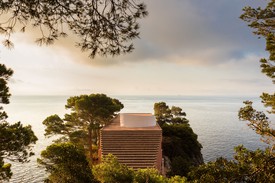
Rudolf Stingel
In July 2017, a special installation of paintings was shown at Casa Malaparte, Capri, the famous house built by the author, publisher, diplomat, and filmmaker Curzio Malaparte.
